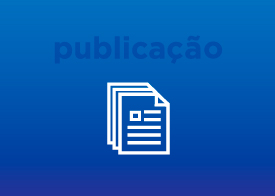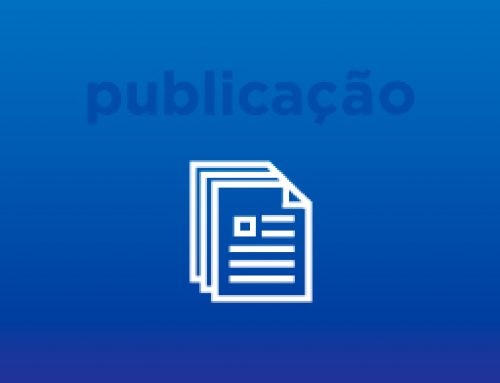The analysis, description and interpretation of outcrops are mainly based on field activities from which geoscientists can make observations, descriptions and sketches in field books as well as acquisition of digital photographs and different measurements with compass and other equipaments. The development of geotechnologies in the last decade has been crucial in obtaining geological data directly in digital format and has contributed to save time and to better integrate the various types of data. The aim of this work is to quantify the error positional of outcrop mapped by the LIDAR technique. Data acquisition was performed by the Terrestrial Laser Scanner supported by georeferenced points with a GNSS-GPS receiver. Using field data, it was possible to generate the Digital Outcrop Model (DOM), which permitted accurate visualization, measurement, and interpretation of geological characteristics. It was observed that the differences were not significant between the control data, measured with Total Station, and data acquired with a Terrestrial Laser Scanner (TLS). The interpretations allowed us to model the position of the top of a coal bed using interpolation between two of the outcrop walls. A field validation was performed to ensure the quality of the methodology proposed for this type of analysis. Thus, we conclude that DOMs obtained from TLS have high correlation coefficient in comparison with standard methods (e.g. Total Station), supporting high accuracy in this type of models independently of the access conditions in the outcrop.

